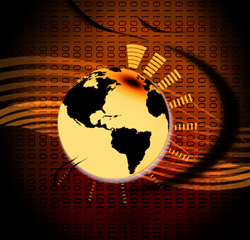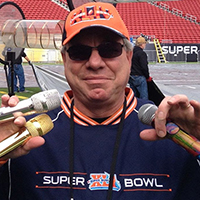Note that the recent PSW webinar, “Wireless Apocalypse or Hype,” presented by the author and providing further information, is also now available for viewing and download here.
After dedicating my entire professional career to wireless audio, I can assure you that there is no “hype” here. Whether the “apocalypse” applies or not is largely up to us. If we pay attention to the new RF landscape and follow a few simple guidelines, we may just all get through this relatively unscathed, only slightly worse for the wear.
The problem…Just a few years ago, the wireless production community lost fully one-third of the amount of radio spectrum it’s had since the introduction of wireless microphones more than five decades ago. Of course, I’m referring to the infamous “700 MHz auction” of 2009.
Digital television (DTV) has energized throughout the U.S., leaving much less radio space than we’ve ever had. On top of that, the Federal Communications Commission (FCC) has now implemented ET docket 04-186 to introduce “super Wi-Fi” consumer devices in the U.S.
This year, for the first time in the history of man-made radio, digital consumer devices will share radio frequency (RF) spectrum with wireless microphone, in-ear monitor, and intercom systems.
This means that in the very near future, your audience may be full of smartphones transmitting data right on top of your wireless systems. Not too cool—especially if the wireless intercoms are key to a life-safety situation.
What To Do
There are a few 6 MHz slices of radio spectrum where these digital consumer devices are not authorized to operate. If you know exactly where those are, then you should be able to accommodate many dozens of frequencies for your event. This, coupled with proper RF band planning and antenna techniques, will maximize chances for success.
There are two types of digital consumer gadgets known as television band devices (TVBDs): fixed and portable. Fixed TVBDs may operate in both the VHF and UHF ranges with a few caveats. They’re not authorized to operate adjacent to any active television station, meaning that these unused 6 MHz “slices” are a great place to operate wireless mics, IEM, and intercom systems.
















